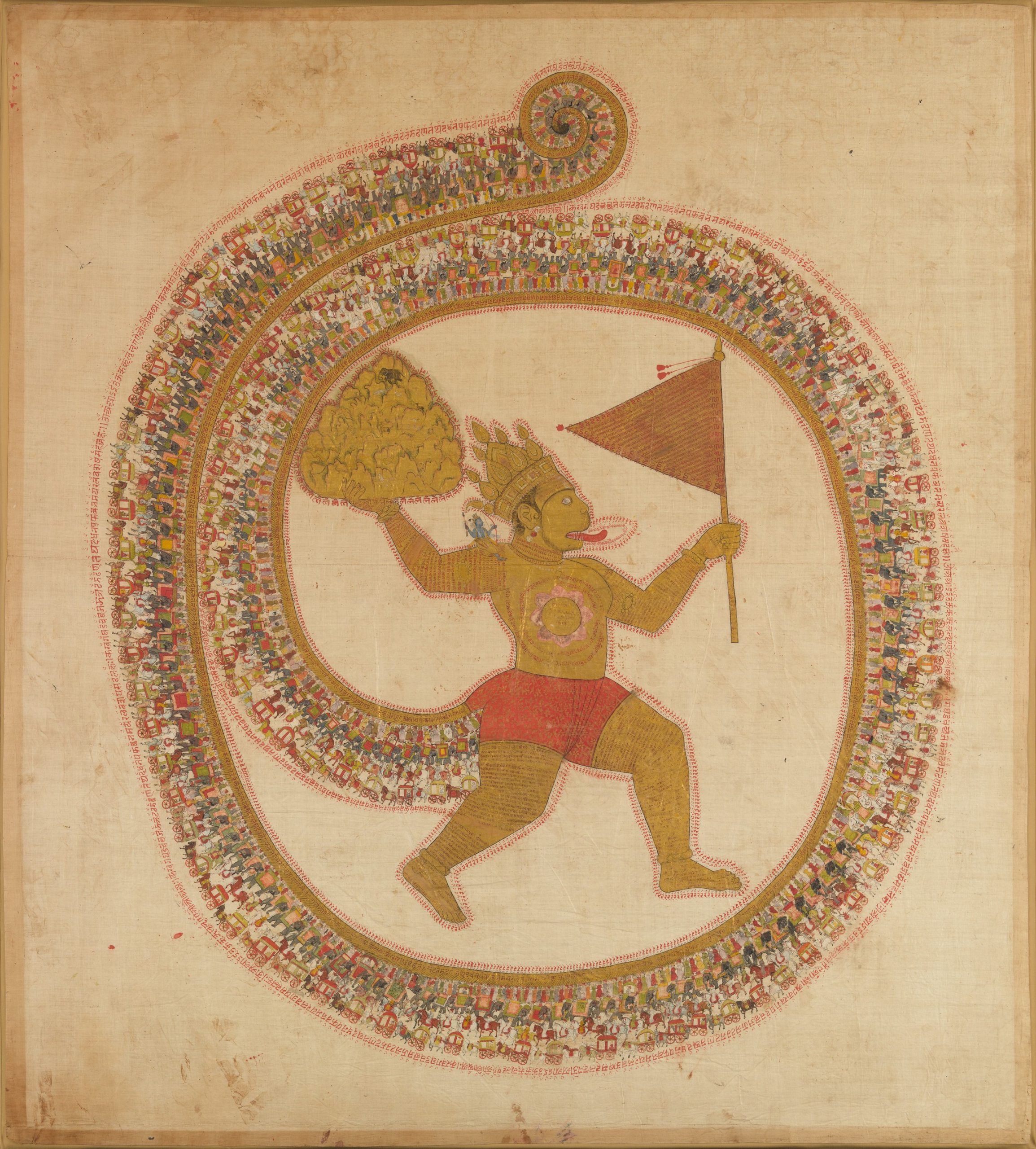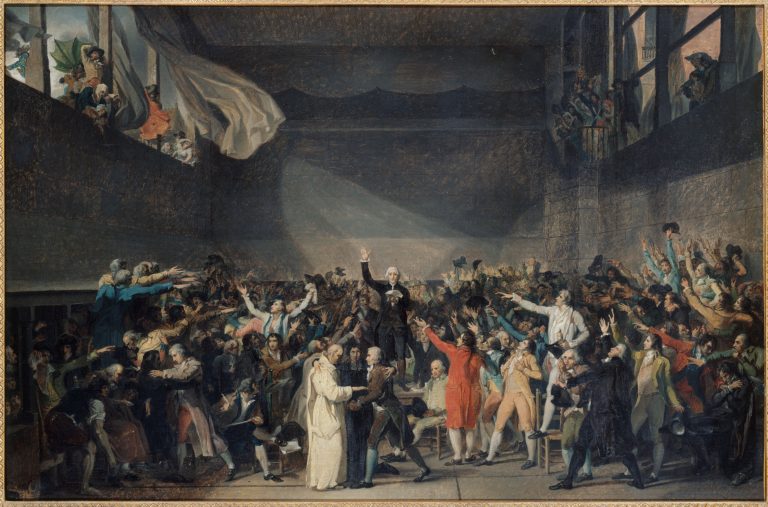The Hindu religion encompasses a wide swath of ideas, deities, poems, ways of worshiping, myths, places of worship, and festivals.
Truth be told, there was no such religion as “Hinduism” in the Indian subcontinent prior to the British presence. As colonial overlords are—magnificent in curating and distorting culture, though their own hegemonic lenses—they used the word “Hindu,” which derives from the word Sindhu, which infer implies the Indus Vally. The British used it as an umbrella term to encapsulate all the various traditions, philosophies, ideas, and cultures.
What was their rational, you may ask?
To make it more systematic and understand the population they were ruling.
Nevertheless. In Hindu literature, a particular hymn is very powerful, not merely due to its association with divine power, but a beautiful philosophical notion—its simplicity enables its accessibility, making it comprehensible by the masses comparatively to other religious texts.
It is the well-known Hanuman Chalisa. Written originally in the Awadhi language by the poet Tulsidas. It is believed to have been composed during the 16th century (around 1575 CE). Tulsidas is also known for his larger-than-life work, the Ramcharitmanas, which tells the tale of Lord Ram.
As it is a chalisa—a devotional hymn—it is not long; it only encompasses 40 verses.
Rather than being deviated to the superstitious aspect of the mythological hymn, it is vital to look for inspiration and guidance from its theoretical implications.
There are four verses that I would like to put a focal point on.
Verse 1: Invocation to Hanuman
श्रीगुरु चरन सरोज रज, निज मन मुकुर सुधारि।
बरनउँ रघुबर बिमल जसु, जो दायक फल चारि॥
Translation:
I cleanse the mirror of my mind with the dust of my Guru’s lotus feet and narrate the pure glory of Lord Ram, which bestows the four fruits of life (righteousness, wealth, pleasure, and liberation).
This verse emphasizes the vitality of inculcating a mind that is pure and is followed by the guidance of a guru (teacher) for both precision and empathy. The “four fruits” as mentioned represent the holistic goals of human life from a Vedic or Hindu perspective: Dharma (the right conduct), Artha (prosperity), Kama (pleasure), and Moksha (liberation). Fundamental of all is that a guru doesn’t have to personify a particular individual with distinctive characteristics—it could be an omnipresent figure or even a certain value of life—a value that serves as your guide whilst making decisions.
Verse 11: Hanuman as a Source of Wisdom
विद्यावान गुणी अति चातुर, राम काज करिबे को आतुर।
Translation:
You are full of knowledge, virtues, and cleverness, ever eager to carry out the work of Lord Ram.
The very predicament of this verse being concise yet thoughtful is of great impetus. In a rudimentary manner, the verse underlines the qualities of wisdom, virtue, and intellect, in combination with the eagerness to serve for a superior purpose. With all the egotistic tendencies one could have—this verse suggests that true knowledge and capability find their highest expression in selfless service and devotion—not being self-serving but enabling your own intellectual prowess for the good of the people around you.
Verse 26: Hanuman’s Power as a Deterrent to Evil
नासै रोग हरै सब पीरा, जपत निरन्तर हनुमत बीरा।
Translation:
Hanuman, the mighty hero, dispels all diseases and removes all suffering when one continuously chants your name.
This verse implies the transformative power one’s faith and devotion could have—for any goal in life, for the loved ones around you, or even the all-pervading being. Invoking the vitality of alleviating suffering and bringing forth inner peace to oneself through spirituality—one doesn’t have to be a rock in terms of personality. Having opinions and sentiments and being devotional is not weakness but the identification of the realities of life, its complexities, and exquisiteness.
Verse 40: Closing Benefiction
पवनतनय संकट हरन, मंगल मूरति रूप।
राम लखन सीता सहित, हृदय बसहु सुर भूप॥
Translation:
Son of the wind, remover of all difficulties, embodiment of auspiciousness, may you always reside in my heart along with Lord Ram, Lakshman, and Sita.
This verse epitomizes the ultimate wish for divine presences in one’s heart—not in mere public practice—which has transpired to become customary in this current world of show and tell. The verse speaks to the desire for inner peace, protection, and the removal of impediments, not just externally but also within us both in the mind and the spirit. The utterance of Hanuman, Ram, and Lakshman and Sita in tandem represents the complete divine family, embodying the unity of vigor, rectitude, and most important benevolence.
All in all, the Chalisa trivializes the question of life in a sense that could be, at times, in other forms, complicated. The magnificence of the Chalisa is that its meaning can be used by people of all backgrounds—it is not monolithic but propagates the mind to be inclusive yet calm, with respect, and exhibiting dedication to your Guru (teacher).
I hope this entry will bring wisdom and respect for all our teachers and also give a higher importance to our inner self—listening to our own inclination is pivotal; what is important is that everyone’s both journey and destiny is different—individuality in the way living, in the world of peer pressure, societal norms is a challenge. Yes, the road is way ahead, but with each meager steep, the journey gets narrower—and ultimately, one way or another, one will get spiritually liberated.






